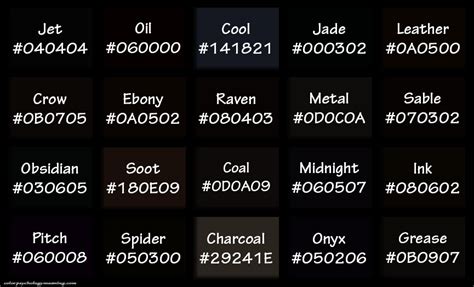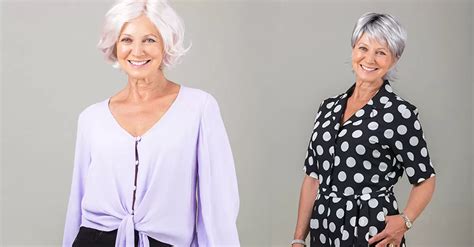As we age, our hair may naturally start to thin, become more brittle, or change color. While this is a normal part of the aging process, some women may desire a little extra volume, coverage, or a change in style for their tresses. That’s where wigs for older women come in.

Wigs offer many benefits, including:
- Increased volume and fullness: Wigs can add instant volume and fullness to thinning hair.
- Versatile styling options: You can choose from a wide range of styles, lengths, and colors to suit your personal style.
- Protection from the elements: Wigs can help protect your natural hair from sun damage, wind, and cold weather.
- Reduced styling time: With a wig, you can skip the daily styling routine, saving you time and effort.
Choosing the Right Wig
When choosing a wig for older women, there are several factors to consider:
Color and Style
- Consider your natural hair color and style when selecting a wig. A wig that matches your natural hair will look more seamless, while a different style can give you a new look.
- Choose a wig that is similar to your hair texture. If you have fine hair, choose a wig with fine fibers. If you have thick hair, choose a wig with thicker fibers.
Size
- Measure your head circumference to determine the size of wig you need. Wigs come in a variety of sizes, so it’s important to find one that fits your head snugly without being too tight.
Cap Construction
- The cap construction of a wig refers to the way the hair is attached to the base. There are several different types of cap constructions, each with its pros and cons.
- Lace front wigs: Lace front wigs have a thin layer of lace along the front hairline, which creates a natural-looking appearance. However, they require more maintenance than other types of wigs.
- Monofilament wigs: Monofilament wigs have a thin, transparent fabric that allows for a more natural scalp appearance. They are more breathable and comfortable to wear than lace front wigs.
- Weft wigs: Weft wigs have hair strands sewn onto a series of strips of fabric. They are the most affordable type of wig, but they are also less breathable and durable than lace front and monofilament wigs.
How to Care for Your Wig
- Brush your wig gently with a wide-toothed comb to remove tangles.
- Wash your wig every 6-8 weeks using a gentle shampoo and conditioner.
- Air dry your wig on a wig stand or mannequin. Avoid using heat styling tools on your wig.
- Store your wig in a cool, dry place between wears.
Tips for Wearing a Wig
- Start by putting on a wig cap to help keep your natural hair in place.
- Place the wig on your head and adjust the tabs to fit snugly.
- Style your wig as desired.
- Avoid wearing your wig for too long each day.
Benefits of Wearing a Wig
- Increased confidence: A wig can give you a boost of confidence by helping you feel more attractive and stylish.
- Improved hairstyles: With a wig, you can have the hair you’ve always wanted, regardless of your natural hair type or condition.
- Reduced hair loss: Wigs can help reduce hair loss by providing a protective barrier between your natural hair and the elements.
- Improved scalp health: Wigs can help reduce scalp irritation and discomfort caused by thinning hair or scalp conditions.
Conclusion
Wigs for older women offer a great way to add volume, style, and protection to your hair. By choosing the right wig and taking proper care of it, you can enjoy all the benefits that wigs have to offer.
